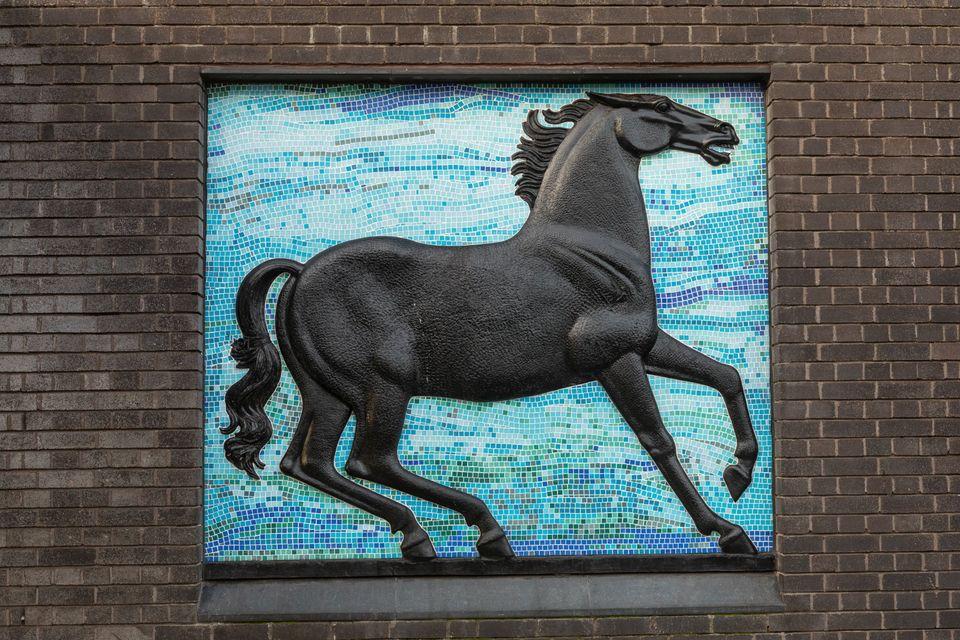The History of Blackhorse Lane

Originally called Werdestrete, Blackhorse Lane was a Saxon route from the common lands of Higham Hill to the nearest mills, situated at Lea Bridge. ‘Blackhorse’ is a corruption of ‘Black Horse’, a mansion that stood at the southern end of the road. In 1894, the area was codified through the opening of Blackhorse Road Station and maps of the period detail the Blackhorse Lane Strategic Industrial Location (SIL). These changes changed the local area from a leafy, gentrified London suburb to industrial, with several factories and units opening around the area.
Through the 1930’s, the Blackhorse Lane SIL was traditionally home to industrial activities and was known as a manufacturing centre. The area produced a range of materials including furniture, tyres, printing machinery, dry batteries, leather goods, propellers, omnibus and motors. The Victoria line arrived here in 1968, helping to provide the only intermediate interchange on the Gospel Oak to Barking Line. In the 1970’s, the northern section of Blackhorse Lane was rebuilt to house the food producer Bush Boake And Allen in a ‘modern’ factory complex for their operations, which is now home to Eden Girls School. The pond was decorated with old millstones paying tribute to industry came before.
By the turn of the century, radical changes had taken place within the zone. Manufacturing jobs had fallen to less than a thousand and non-industrial uses had started to appear. Today, the SIL is home to a mix of light industrial businesses alongside a growing number of creative uses. In recent years, the zone has seen the arrival of food and beverage manufacturers, creative industries, co-working spaces, and non-industrial uses such as education providers. In recognition of this offering, the Mayor of London designated the Blackhorse Collective as a Creative Enterprise Zone. This accreditation will help to support local creatives to put down roots in their local area and giving them opportunities to grow their careers and businesses.